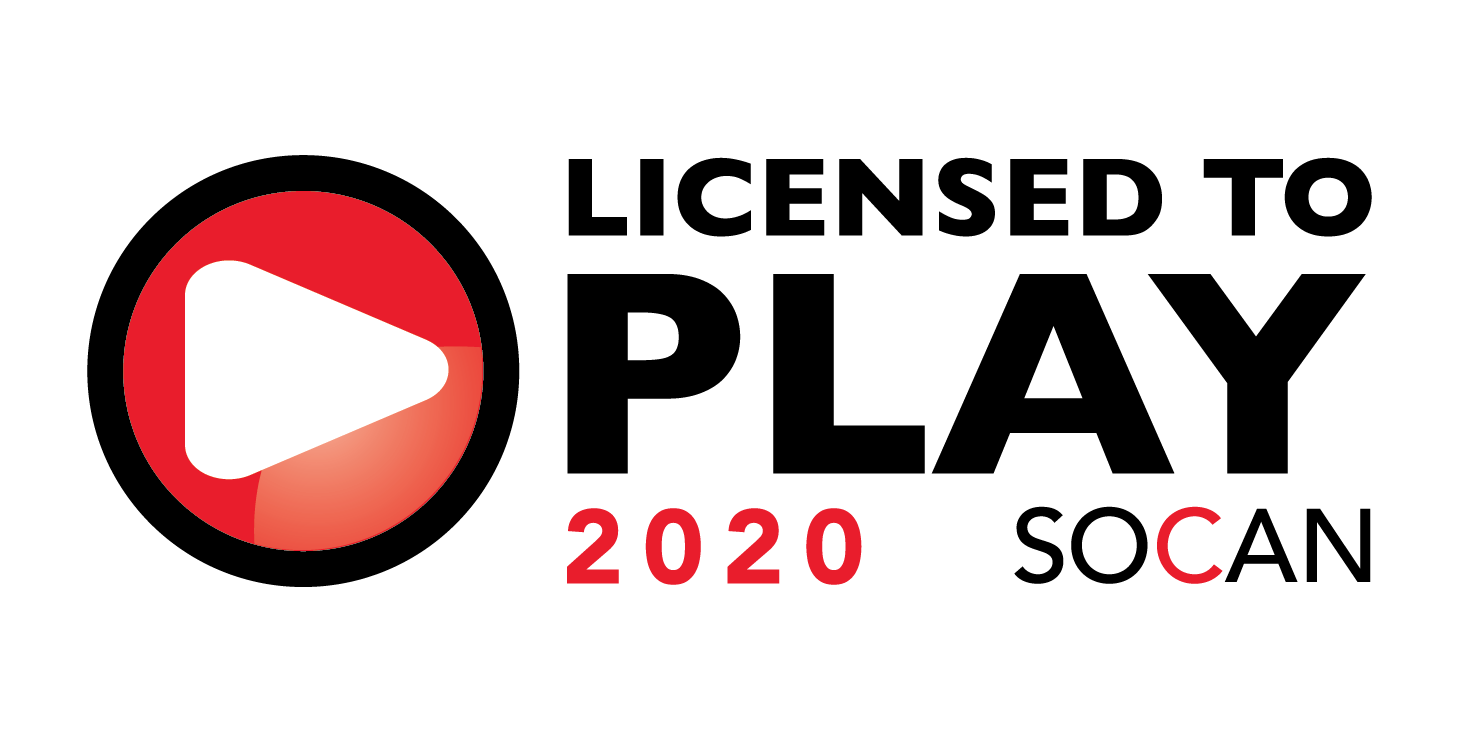The impact of AIDS on Aboriginal people
Yesterday was the third lecture of Concordia University’s Community Lecture Series on HIV/AIDS.
As Doris Peltier delivered her moving story, the audience sat still, absorbing every word of it.
Back in 2002, this Aboriginal woman from the Wikwemikong Unceded First Nations reserve in Ontario was diagnosed with AIDS.
After a difficult childhood of losses and abuse, she decided that she wouldn’t let the disease overcome her.
Ever since she received her diagnosis, she has been working as an activist for the Canadian Aboriginal AIDS Network at the local, national and international level.
She has been giving conferences to share her experience and give hope to those suffering from the same disease.
“I did not want to just be another statistic, I decided to step out and start speaking about it, and disclose my HIV status publicly because we NEED to talk about it.”
As an activist, Doris Peltier is also involved in research with the Canadian Aboriginal AIDS Network.
Statistics show that Aboriginal women represent 48.8 percent of the HIV infection rate in the community, while youth represent around 32 percent.
For the most part, this epidemic comes from the colonization of the Aboriginal communities by the Europeans back in 1492.
At the time, Aboriginal children were taken from their parents and forced to attend residential schools in an attempt to assimilate them and turn them into westerners.
All of this caused severe disorganization in indigenous societies and disrupted their traditional social structures, alliances and kinship ties.
What Doris Peltier also focuses on are ways of decolonizing the Aboriginal communities in order for them to finally heal, mostly through healing circles.
“Part of the decolonizing is about telling our stories, it validates our experience and it helps to make sense of the past, it’s about releasing something, it’s about removing layer upon layer, and once you begin removing those layers, you began to discover some strengths that might have been covered up by those layers.”
For Peltier, speaking is part of her healing process, and it is part of accepting the disease and becoming the woman she is today.
She insisted on the importance of talking about HIV and AIDS, because healing won’t work in isolation.
“For me, what happened when I was diagnosed was for the very first time I was able to say NO. I experienced childhood sexual abuse, and as a child, you know, you’re frightened, it shuts you down and you’re not able to say no, but for the first time I was able to say no when I got my AIDS diagnosis, no more, no more!”
For many years, Aboriginal women lived with self-esteem issues that made them vulnerable to HIV and AIDS.
The title of this conference was an aboriginal word that meant “the essence of who we are is beautiful”.
And after sitting through the moving and inspiring speech that Peltier delivered, I knew that she was right.
Audrey Folliot, CJLO News



